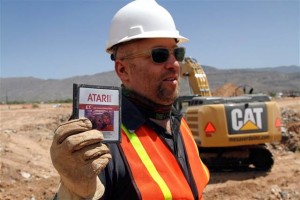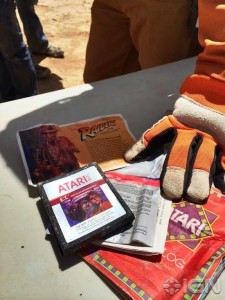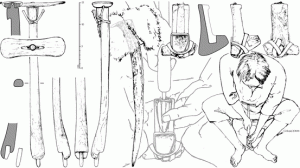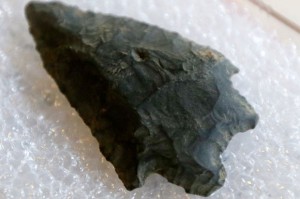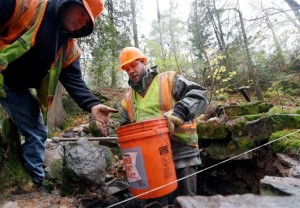Often people misinterpret and even forget about the homeless population of America. Throughout class we have talked about how archaeology and anthropology challenge stereotypical beliefs about homeless people. In all, archaeology can explain how homeless people are more significant and normal than people think. In MTV’s documentary, “Inocente”, the main character does not give up to the helplessness of her surroundings and is persistent to become a world-class artist. When she was a child her Dad beat her and one day he beat her so hard her mother called the cops. The next day he was deported to Mexico. According to Inocente, this is when her homeless journey started. It is not her fault that she is homeless and like many homeless people, she refuses to let society define her. In this case, archaeology can be used to examine Inocente’s experiences in order to realize how much she needs to move around and how she’s able to survive. The documentary reveals that Inocente’s dream to become an influential painter motivates her to live and migrate from homeless shelter to homeless.
The one thing that puzzles me is why do many Americans assume that homeless people don’t have any talent or intuition. In the documentary this wasn’t directly mentioned but Inocente’s story made me wonder why do many people believe that homeless people are worthless and loony. These certain stereotypes help destroy the identities of homeless people like Inocente. An organization called Rethink Homelessness strives to challenge these negative stereotypes about homeless people just like the MTV documentary does. The campaign is centered on a documentary, which is about homeless people living in Florida. The campaign’s film emphasizes how homeless people can be very talented and unique. The film doesn’t tell the story of how these homeless people are homeless but instead shows the homeless people holding cardboard signs with facts written about themselves. The campaign uses these facts to destroy stereotypes that note homeless people as forlorn and proves that these people are talented and apt. Organizations like Rethink Homelessness and MTV are changing common misconceptions about homeless people and are further humanizing their identety in society (they are normal people!). So next time when you see the local hobo walking from street to street looking for shelter, don’t just assume that he or she is hopeless and nutty.
References http://www.huffingtonpost.com/2012/07/17/inocente-mtv-homeless-immigrant_n_1679454.html
The documentary: “Inocente”
Further Reading:
http://rethinkhomelessness.org/
Video: “Cardboard Stories | Homeless in Orlando” https://www.youtube.com/watch?v=THxtcWNw3QA
Photo 2: http://heavy.com/social/2014/07/rethink-homelessness-florida-cardboard-signs-pictures/16/
Photo 3: http://heavy.com/social/2014/07/rethink-homelessness-florida-cardboard-signs-pictures/18/






